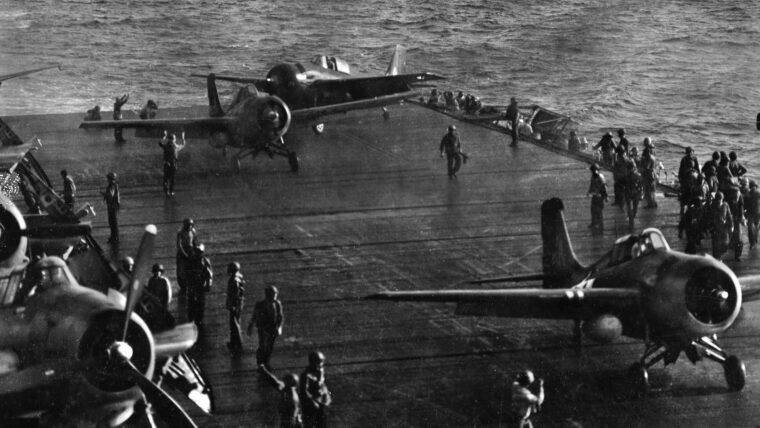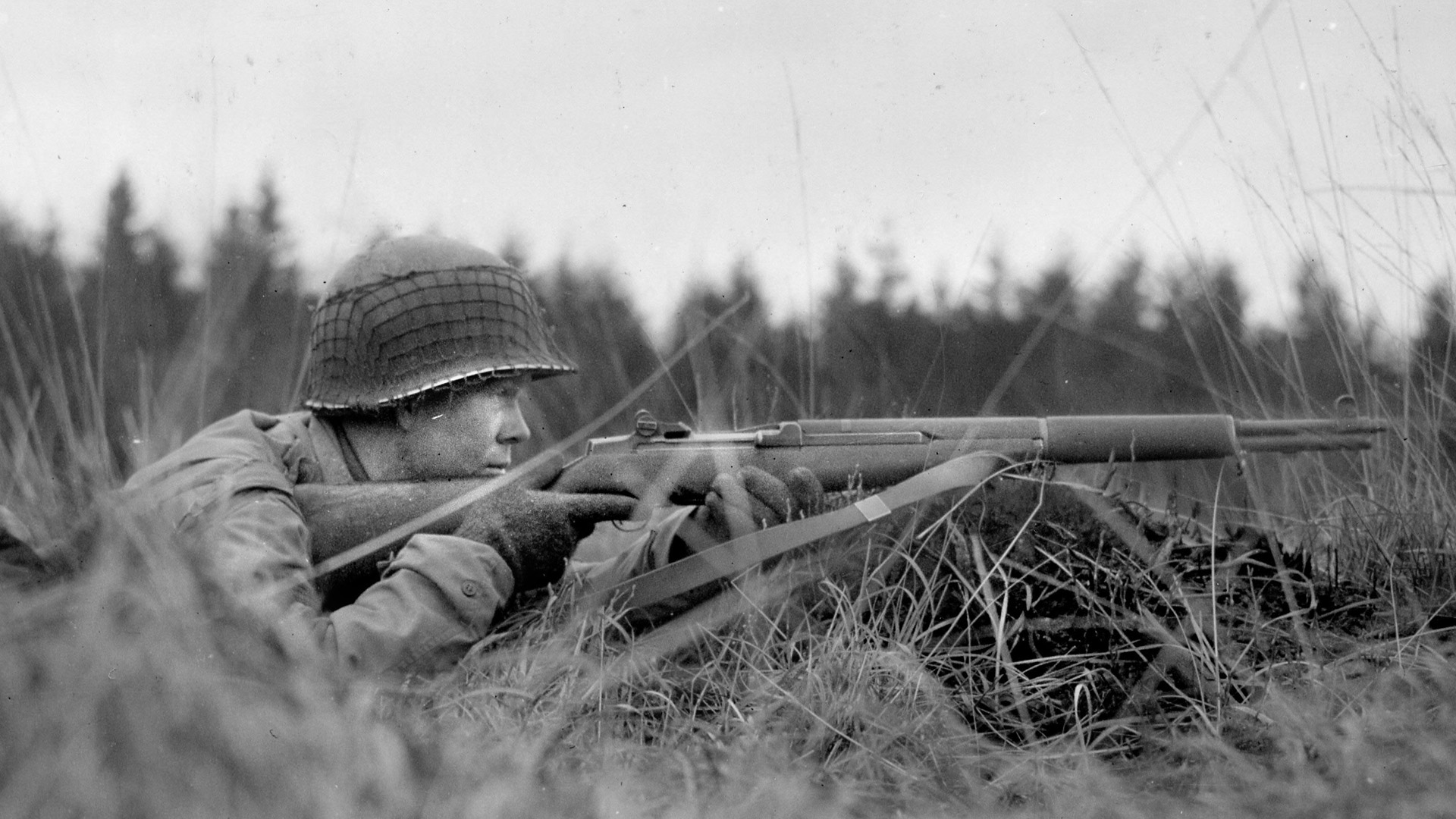
Latest Posts
Sir Francis Walsingham
By Arnold BlumbergAmong the many portraits of famous Elizabethans hanging in London’s National Portrait Gallery is that of Sir Francis Walsingham, painted around 1587 by the artist John De Critz the Elder. Read more
























